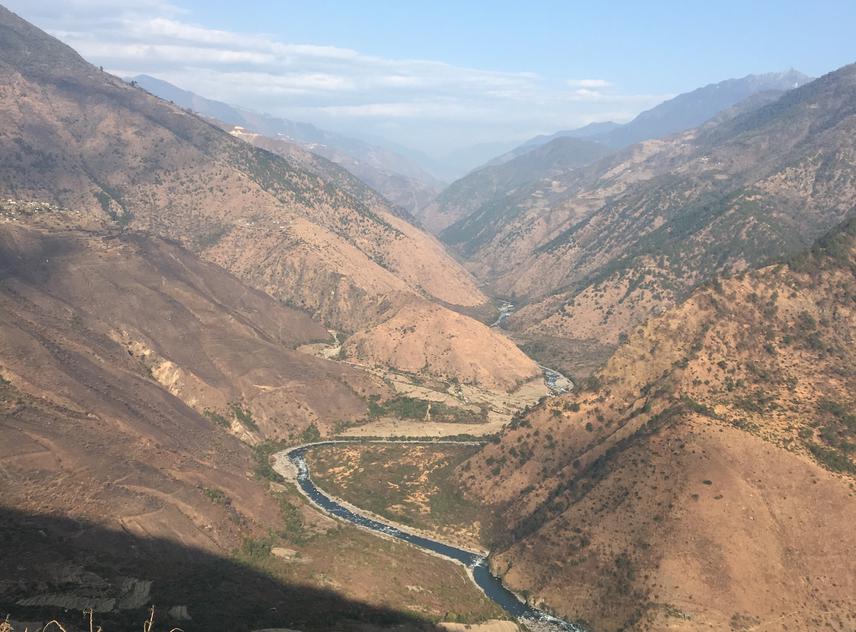Jigme Dorji
Other projects
20 Nov 2012
Community-Based Conservation Initiative of White-Bellied Heron (Ardea insignis) in Mande River Valley
This project aims at assessing the population and distribution of White-bellied heron in Kurichhu and Drangmechhu where the past efforts have been limited and the information is lacking. This assessment will contribute to delineating additional available habitat for this Critically Endangered heron in Bhutan, thereby ensuring chances of its survival by seeking policy interventions.

Upper Drangmachhu valley.
The White-bellied heron is assumed to be found only in Central and Western part of Bhutan.However, the habitat suitability model showed that two major rivers in the east - Kurichhu and Drangmechhu form more than 50% of the potential habitat. This projection proved true with sighting of lone heron in Trashiyangtse in early 2016. The efforts to assess nationwide distribution of this heron was limited to single season in the past and probably the effort was too less. This project will assess the availability of this heron in Kurichhu and Drangmechuu rivers in the eastern part of Bhutan.
The field work will be conducted in two seasons – winter and summer. In winter, we will investigate presence and absence of this species across potential sites of two river basins. In summer, we will survey potential sites to see if there are any dispersal movements in the areas. The total efforts in the field will be about six months. In addition to the visit by the principal researchers, the local forestry staff will be engaged and in areas where the forestry staffs are not available, local people will be engaged for routine observation in their respective areas.
With the confirmation of habitat being expanded in two major rivers in the east, the population figure is likely to increase. This would practically mean that the White-bellied heron population is more than 60 individuals across its range.
The result from this study will form a scientific base to identify the critical habitats for the White-bellied heron. The government might use this evidences to plan any development activities around its critical habitat. This might also stop exploitation of rivers for hydropower projects.
The presence of this critically endangered species will draw the attention of conservationist as well as local people in its protection. As such the financial investment by government as well donor agencies will benefit the local communities vis a vis protecting the heron. This will also create job opportunities for local youth who are mostly school dropouts. Such opportunities would also encourage local youths to take up birding as hobby.